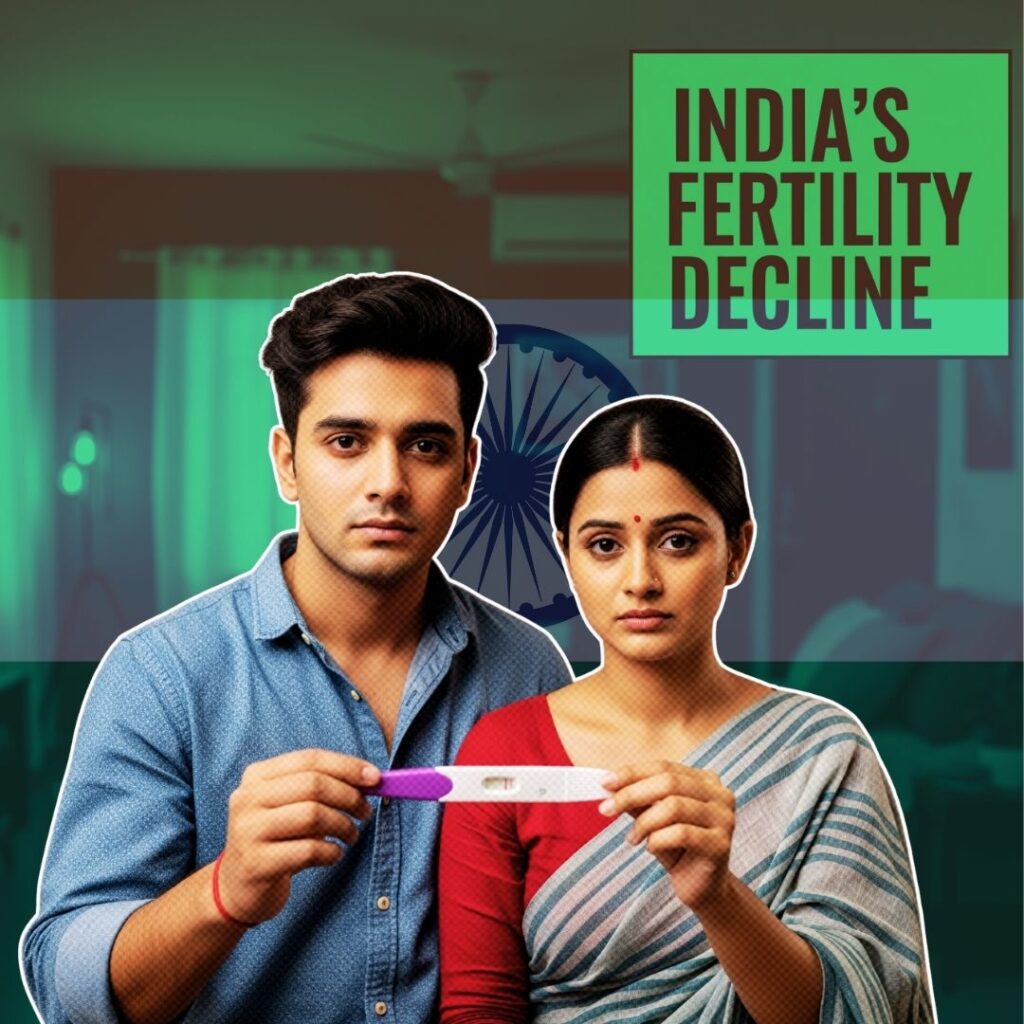Crop insurers tasked with resolving the claims of farmers under the much-touted Pradhan Mantri Fasal Bima Yojana (PMFBY) made a profit of almost Rs 10,000 crore during the crisis-laden kharif season last year, a report by the Centre for Science and Environment (CSE) revealed on Friday, 21 July.
In its report, the Delhi-based non-profit think tank cited data from the Insurance Regulatory and Development Authority of India to conclude that these insurance companies had gained more than Rs 15,891 crore in premium.
Branding the execution of PMFBY “a classic case of poor implementation of a good scheme”, the CSE said the discrepancies could negate the benefits accorded by the scheme to farmers.
The CSE also found that the crop insurance body settled less than a third of the crop-loss claims filed till April 2017. The claims amount to a little over Rs 5,962 crore.
The CSE report, while criticising the PMFBY’s implementation, also praised its achievements, including the fact that farmer coverage had crossed four crore – a gain of nearly 25% over the previous year. The PMFBY has also narrowed the gap between the actual cost of production and the sum insured, a major impediment faced by farmers in previous versions of the insurance scheme.
Insurance companies say gap between premium and claims processed will decrease in future
However, insurance companies are arguing that the gap between the premium collected and the claims processed will go down as the scheme covers more farmers.
“Kharif 2016 was a good period for agriculture. There was undoubtedly a surplus this time, but it’s like a reserve for the future. Claim settlements are still on,” said Ajay Singhal, deputy general manager (crop insurance) at the Agriculture Insurance Company of India was quoted by Hindustan Times as saying.
CSE report’s findings very similar to findings by CAG
The findings share a lot of similarity with a report filed in Parliament last week by the Comptroller and Auditor General (CAG) regarding crop insurance schemes that were in effect between 2011 and 2016.
The CAG report found that even though the centre released its share on time, delay on the part of the states “defeated the objective of providing timely financial assistance to the farming community”.
The CAG report also stated that coverage of farmers under the schemes was “negligible”: two-thirds of the subjects surveyed were not even aware of them.
The Pradhan Mantri Fasal Bima Yojana
The PMFBY, which replaced the previous National Agricultural Insurance Scheme, was launched by the union government in January 2016.
Under this scheme, the premium rates to be paid by the farmers have been brought down substantially so as to enable more farmers avail insurance cover against crop loss on account of natural calamities. Under the scheme, farmers will pay 2 per cent of premium fixed by insurance firms for kharif crops and 1.5 per cent for rabi crops. For annual commercial and horticultural crops, farmers will have to pay a premium of 5 percent. The new crop insurance scheme, worth approximately Rs. 8800 crore, aims at protecting farmers against crop failure. The scheme will come into effect from the upcoming kharif season.
Currently, 10 general insurance companies are offering crop insurance under the PMFBY. While insurance companies have collected Rs 9,041.25 crore as premium (for kharif 2016 only), it has paid just 25% (Rs 570.10 crore) of the total claims made (Rs 2,324.01 crore).
A year after the union government launched the PMFBY and Restructured Weather-based Crop Insurance Scheme (RWBCIS) to enable farmers tide over chronic crop losses due to various calamities, it clearly emerges that the insurance companies, despite collecting huge premiums, have not been able to settle insurance claims.
A closer look at the schemes shows that the ambitious schemes have been of little help to the distressed farmers. In fact, insurance companies seem to be the actual beneficiaries, says an analysis carried in the State of India’s Environment 2017: In Figures, released on World Environment Day by the CSE and Down To Earth magazine.
Under the PMFBY, only one company, Universal Sompo GIC (operating only in Karnataka) has settled all insurance claims. The rest have failed to achieve this level. Four out of 10 companies mentioned in the report have not settled up to 75-100 per cent of insurance claims. Additionally, IFFCO-TOKIO, which is operating in three states including drought-hit Maharashtra, is yet to pay over 86% of the claims by March 2017.
The Logical Indian community appeals to the centre and the states to ensure that the implementation of the PMFBY is made efficient and all the loopholes fixed. The gap between premiums and claims processed is wide presently, and this is a cause for worry. The PMFBY has achieved a lot in a short span of time but such loopholes direct a bulk of the scheme’s profits to insurance companies rather than the farmers the sc…











